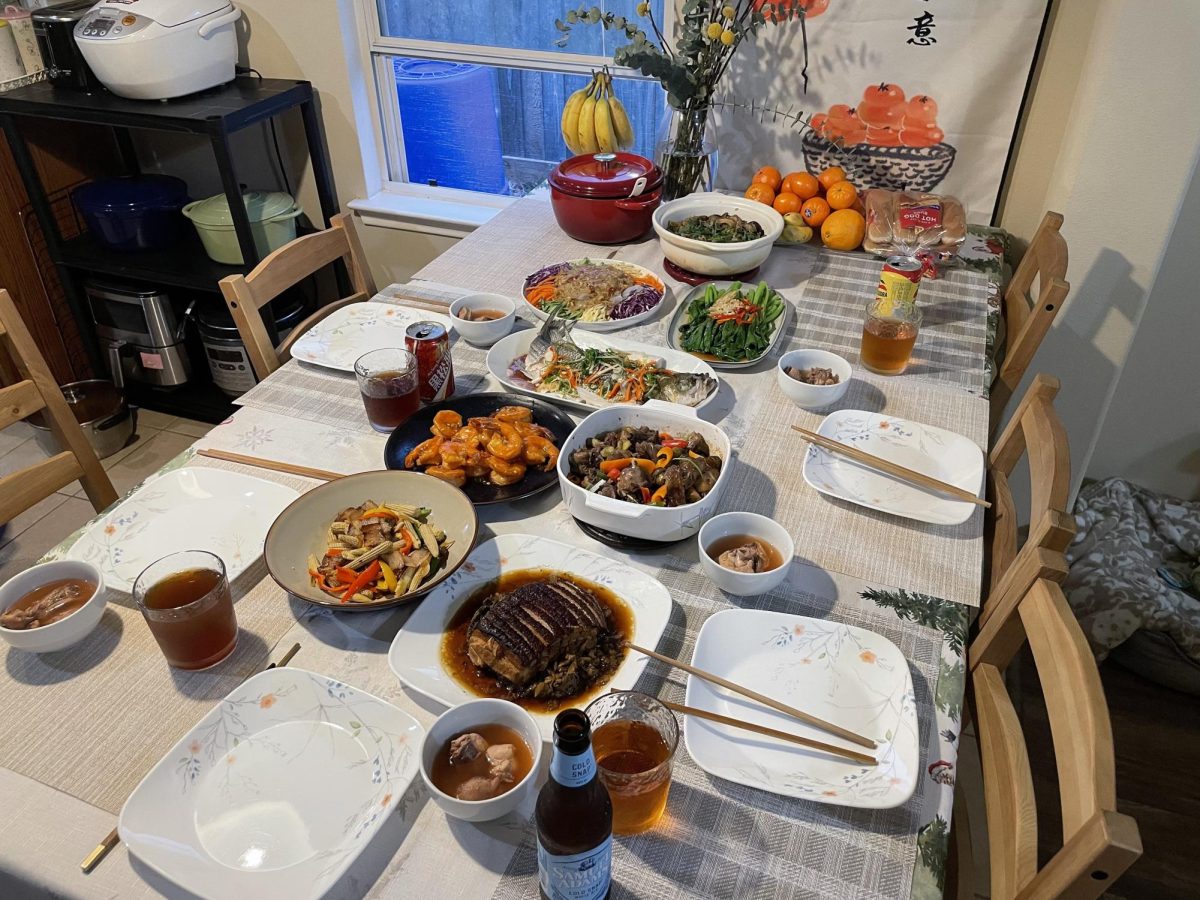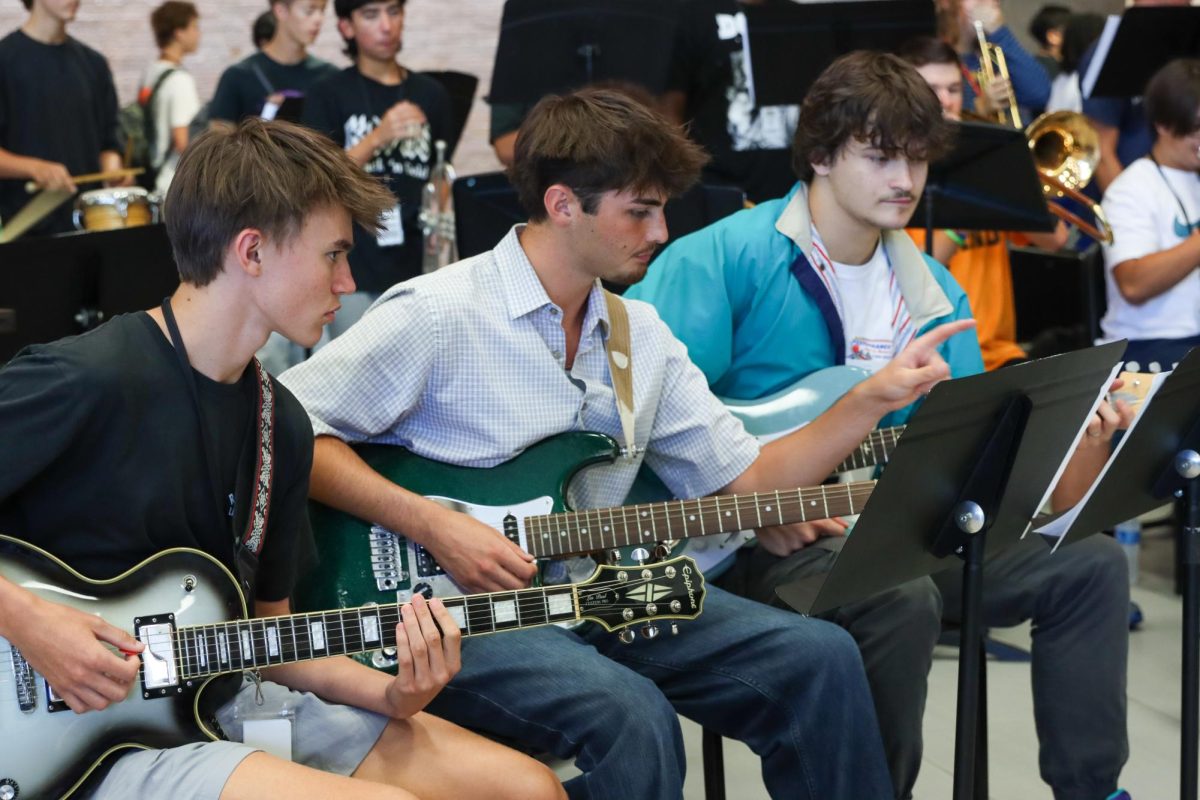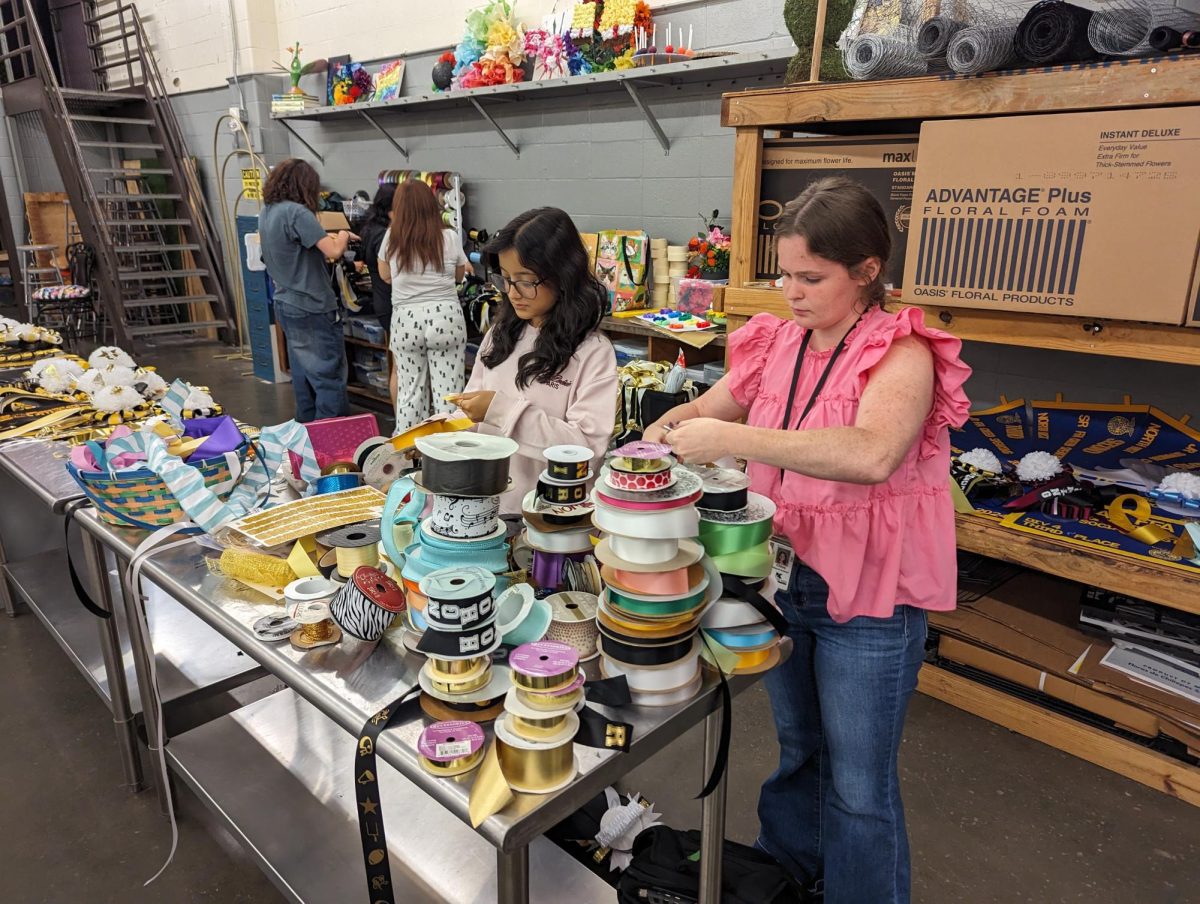From the streets of Germany to the cozy kitchens of South America, food is something that brings everyone together, telling the story of our global community. The unique flavors of cultural foods offer a glimpse into people’s diverse backgrounds and celebrate heritage while filling stomachs.
“[Honduran cuisine] is something very different,” freshman Donna Barragan said. “All the flavors in the foods and the time put into making them make me really love Honduran dishes.”
Hondurian cuisine is a mix of Mesoamerican, Spanish, and Carribean flavors mostly served with families in mind. Cooking together and eating together is a part of the Hondurian culture to keep families close. Dishes such as Sopa De Frijoles, Baleadas, and Pollo Chuco are cooked in large portions to feed families.
“Pollo chuco is chopped and fried green plantains with a chicken breast cooked over it,” Barragan said. “We always add red onions and lettuce on top, and we make a special ketchup and mayonnaise sauce. I love how all the flavors come together in the end.”
Cooking with family or having a legacy with specific foods is something that makes certain foods comforting, creating a warm atmosphere every time you take a bite.
“Maybe I am just so used to it,” Barragan said. “ I’ve had it my whole life, and I just love it so much.”
On the other side of the world, German dishes are not as homogenous, consisting of many different local or regional cuisines that reflect the country’s history. From Schweinebraten, a traditional pork roast dish, to Schwarzwälder Kirschtorte, a black forest cake, the cultural cuisine of Germany is very diverse.
“Traditionally, we eat a lot of meat and heavy dishes,” senior Luis Haag said. “I only really eat [German dishes] when I’m in Germany, but I’ve prepared some here too for my host family.”
Though known for their sausages, German cuisine has a lot more to offer. Often overlooked are their desserts and sweet dishes.
“Kaiserschmarrn is a sweet dish made of shredded pancakes,” Haag said. “Often you eat it either with applesauce or with cherry compost.”
Familial ties and amazing flavors aren’t the only factors of loving a dish; often, the memories of childhood tie us to love these dishes just as much.
“Kaiserschmarrn brings up a lot of childhood memories,” Haag said. “It’s a very rich-tasting dish. I almost always eat it up in the mountains [in Germany] where I love to do sports.”
In such a diverse place, it is easy to get caught up in a sea of similar dishes, never trying out anything new or different. But, these different cultures shape our distinct community and show each of our backgrounds to the world, so sharing and trying cultural foods is a very important task.
“Although I do eat it here, real Hondurian food is something you just can’t get here,” Barragan said. “It’s way different in Honduras. It’s something you really just have to experience for yourself.”













